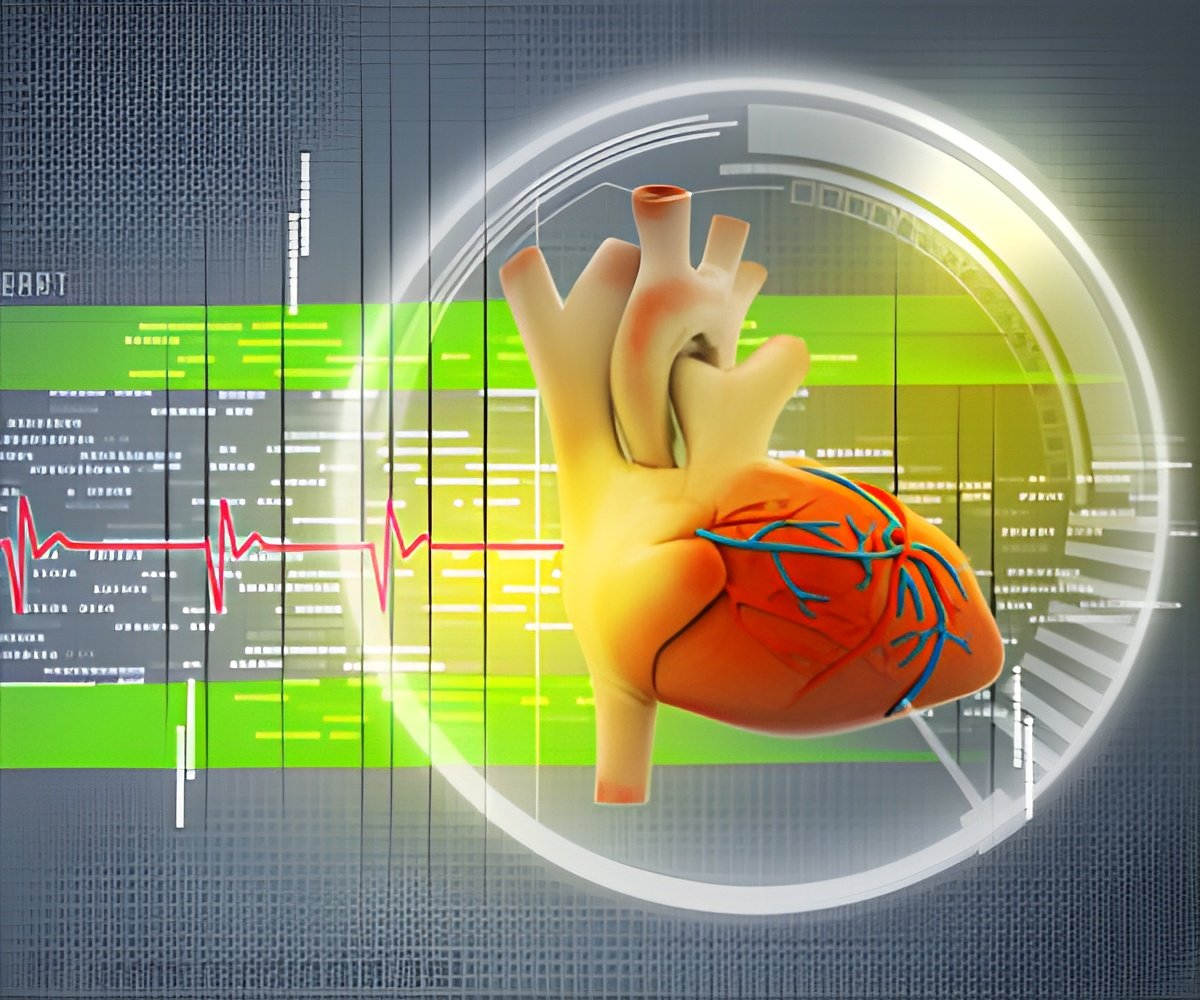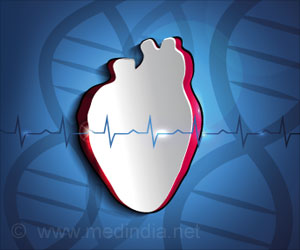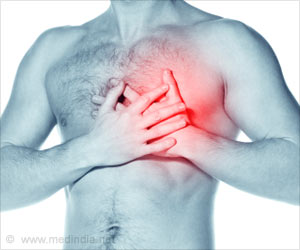The three dimensional (3-D) heart tissue could lead to better understanding of cardiac health, improved treatments and also in the testing of new drugs.

‘The 3-D heart is developed with free beating tissue out of three cell types found in the heart -contractile cardiac muscle cells, connective tissue cells and vascular cells.’





Until now, most 2-D and 3-D in-vitro tissue did not beat in harmony and required scaffolding for the cells to hold onto and grow, causing limitations. In this research, published in the journal Scientific Reports, Yousaf and his team made a scaffold free beating tissue out of three cell types found in the heart -- contractile cardiac muscle cells, connective tissue cells and vascular cells.
The researchers believe this is the first 3-D in vitro cardiac tissue with three cell types that can beat together as one entity rather than at different intervals.
In addition, the substance used to stick cells together (ViaGlue) could provide researchers with tools to create and test 3D in vitro cardiac tissue in their own laboratories to study heart disease and issues with transplantation.
Cardiovascular associated diseases are the leading cause of death globally.
Advertisement
"For 2-D or 3-D cardiac tissue to be functional it needs the same high cellular density and the cells must be in contact to facilitate synchronized beating," Rogozhnikov explained.
Source-IANS















